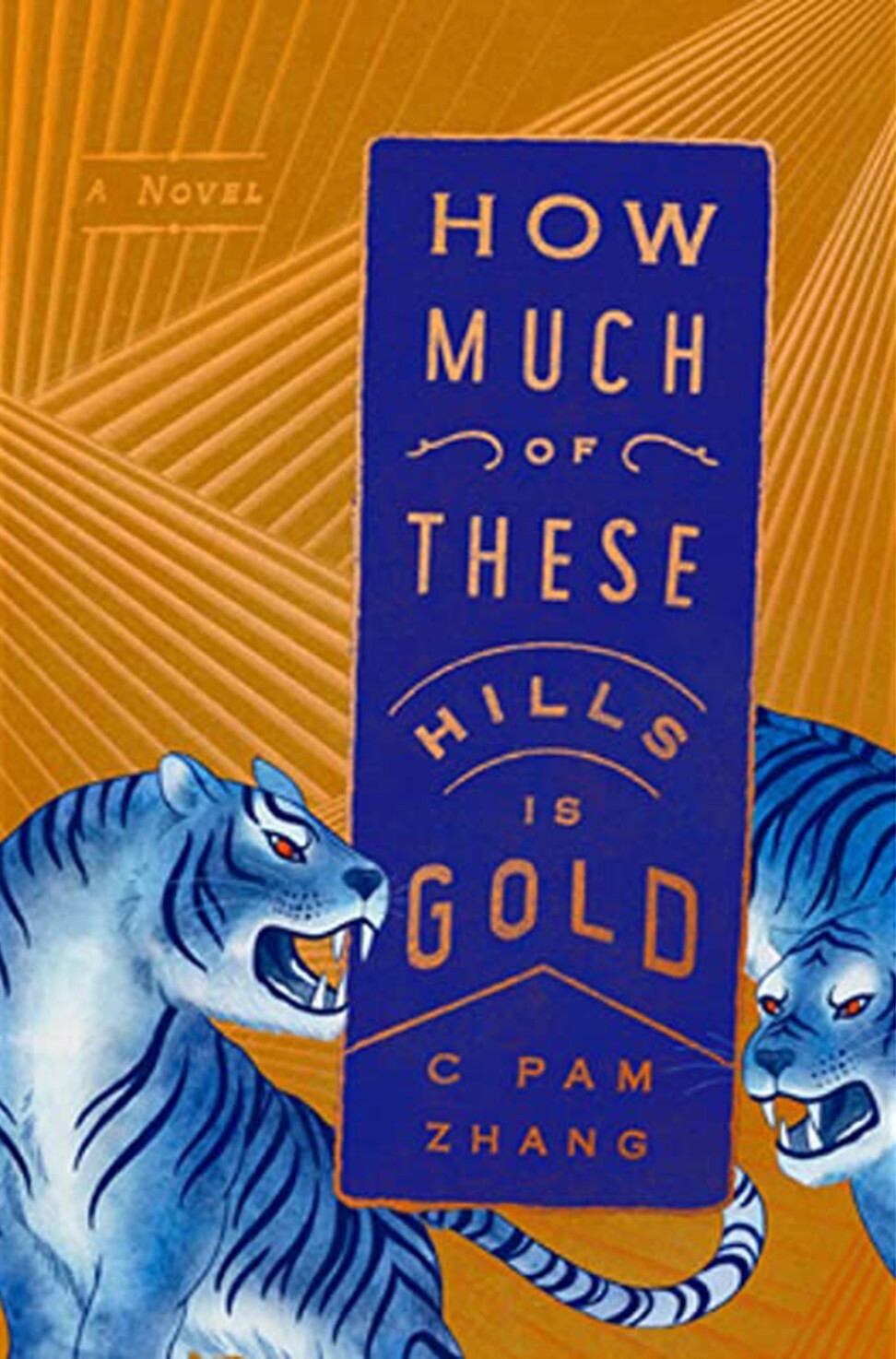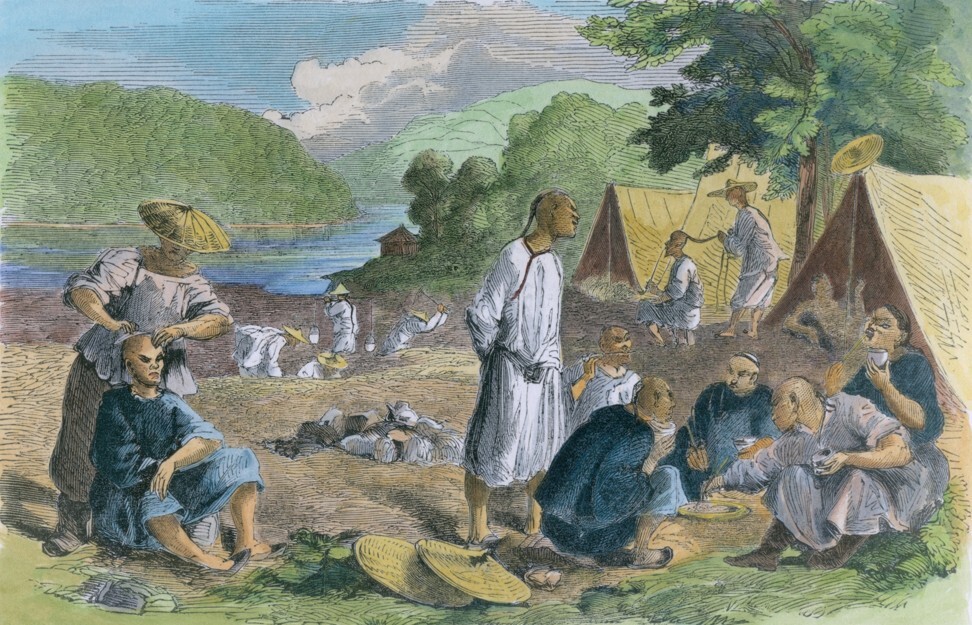
How Much of These Hills is Gold: C Pam Zhang’s novel is a Chinese take on the American western
Longlisted for the Booker Prize, American-Chinese author C Pam Zhang’s novel takes a timely look at racism in the US through the eyes of two Chinese orphans
This has been quite a year for C Pam Zhang. In April she released her debut novel, How Much of These Hills is Gold. Set towards the end of the American gold rush, the story follows two young Chinese siblings, Lucy and Sam, as they navigate hostile terrain and even more hostile white Americans on a quest to bury their recently dead father. Having earned glowing reviews, Zhang was longlisted for the 2020 Booker Prize.
“[It was] a huge honour, a validation and, as all prizes are, a stroke of luck,” Zhang tells me from her home in San Francisco. “Every year great books are honoured, and other great books are left out. I’m trying to ignore prize season as much as possible and get back to the writing itself.”
It has been an extraordinary year to publish a novel that dissects and exposes America’s relationship to its racial (and racist) past. What has it been like to be Chinese-American and hear your president constantly scapegoat your birthplace for causing the coronavirus pandemic?

At the same time, Zhang says she was heartened by the widespread condemnation of these xenophobic tactics, and the defiance of the Black Lives Matter protests that swept the US during the summer. “In some sense the nakedness of the current racist rhetoric is interesting, in that it invites equal forthrightness and passion in those who push back. That may make a deeper examination of these issues possible. I’ll wait and see.”
Zhang was born in Beijing in 1990. She was four when her family moved to the United States. “I feel faintly uneasy when people ask about my birthplace as a sort of conversation starter. My answer, Beijing, seems a bit dishonest because it signals an intimacy with that location and that culture that I don’t have. You can’t choose your birthplace,” she says.
But as her novel suggests, you can exert greater control over your “death-place”. It is tempting to draw comparisons between the story Zhang tells in How Much of These Hills is Gold and the story behind the writing. Although a century separates her own family from their fictional equivalent (“Ba”, Lucy, Sam and their already deceased “Ma”), they share the same quest to make better lives for themselves. It is one reason Zhang has already lived in 13 cities.
“Having moved so often, I have a great fondness for tales that incorporate movement and travel. The act of physical movement makes grander narratives possible. I love how a physical setting or the weather can echo an interior psychology,” she says.
Zhang sees the formative years she spent as a child in California as a point of origin for How Much of These Hills is Gold. This was partly a question of landscape, but also of education. “Because I spent many years in the California public school system, I had a foundational knowledge of the gold rush and the presence of Chinese migrants.”
It is one thing to dream about writing a fictional western starring Chinese characters, quite another to actually write one. “I spent the first part of my post-college life trying to avoid being a novelist. It’s such an arduous, uncertain career, and definitely not a wise choice at the time, given my lack of a financial safety net.”

After studying at Brown University and, later, at Cambridge, in Britain, Zhang settled in San Francisco, where she worked, almost inevitably, in the tech industry. She continued to write in her spare time, however. “There were years when the only vacations I took were devoted to self-designed writing retreats,” she says. “Writing can’t be chosen. I needed it and I found a way forward.”
Eventually, Zhang saved enough money to work full time on her fiction, but it wasn’t until she was made redundant that she finally took the plunge. The first draft of How Much of These Hills is Gold was written quickly: “I wanted [it] to feel free and expansive.” Zhang’s pace slowed during subsequent drafts, in part to undertake research into the period. Helen Zia’s Asian American Dreams (2000) was an important influence, but she also drew on old-school Hollywood westerns. “I’ve always loved the swagger and slang of the cowboy genre, however problematic it is.”
Zhang’s prose switches fluidly between realism and fantasy as if to remind us that America is the product of physical work and also the imagination, visceral human suffering and human dreams. This is something Zhang confirms in response to a question asking whether money alone enticed people like Ba from China to hostile environments like the California hills.
“Money matters,” she concedes. “But isn’t it really the myth of money that drives people? There’s a golden story people tell themselves about what money will do – change their life, open doors, turn them into the person they’ve always believed they could be. Money is a romantic concept – perhaps the most romantic concept in America’s capitalist culture. But that’s a novelist’s answer, not a historian’s.”
My novel isn’t often spoken of as environmental, but it is. The landscape is a character, and the whole novel is a way of mourning what’s been taken from that land
The ability to tease out these myths is only one reason Zhang chose fiction to tell the stories of the real people who inspired the characters in her novel. “There are scholars who recover ignored or interrupted stories from the past, but so many stories of marginalised people are permanently lost. It’s too late to rely on recorded fact alone. Fiction is inspired by facts but cannot be stymied by them. It employs craft and imagination to recreate the emotional truth of what we can’t otherwise know.”
Zhang isn’t only concerned with America’s unknown past and present, but its future, too. “My novel isn’t often spoken of as environmental, but it is. The landscape is a character, and the whole novel is a way of mourning what’s been taken from that land.”
The novel’s bravura set piece describes a fire that consumes a camp of 200 hired gold miners. One reason the blaze spreads uncontrollably is a landscape ruined by men’s greed and exploitation. When Zhang wrote the passage, in 2015, she wondered whether it was hyperbole. “Now we’ve just experienced the worst wildfire season in history in the West. Greed and possession may drive people to hurt others, but the first and last victim of human greed has always been the environment.”
It remains to be seen whether humanity can repair its own damage. But don’t say C Pam Zhang didn’t warn us.

